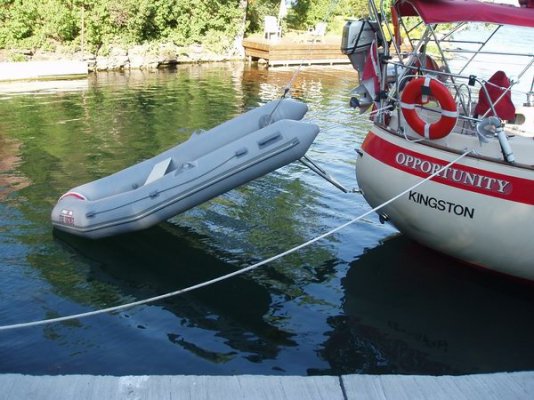sdowney717
Guru
- Joined
- Jan 26, 2016
- Messages
- 2,264
- Location
- United States
- Vessel Name
- Old Glory
- Vessel Make
- 1970 Egg Harbor 37 extended salon model
Would that help with a semi displacement hull's resistance, so that it might use less fuel at slow speeds?
I was thinking the water flow around the rear of the main boat may flow more smoothly so maybe less drag?
Pretend the dinghy has a flat transom, the transom is 50% of the width of the semi displacement boat, and it is tied onto the swim platform of the semi displacement boat.
Other idea I just had was design a dinghy that fit up tightly to the transom of the displacement boat so that the dinghy was really functioning like a dinghy and like a swim platform.
I am kind of thinking crazy at the moment. Like a modular hull.
Like a modular hull.
I was thinking the water flow around the rear of the main boat may flow more smoothly so maybe less drag?
Pretend the dinghy has a flat transom, the transom is 50% of the width of the semi displacement boat, and it is tied onto the swim platform of the semi displacement boat.
Other idea I just had was design a dinghy that fit up tightly to the transom of the displacement boat so that the dinghy was really functioning like a dinghy and like a swim platform.
I am kind of thinking crazy at the moment.


